Categories
The latest content
-
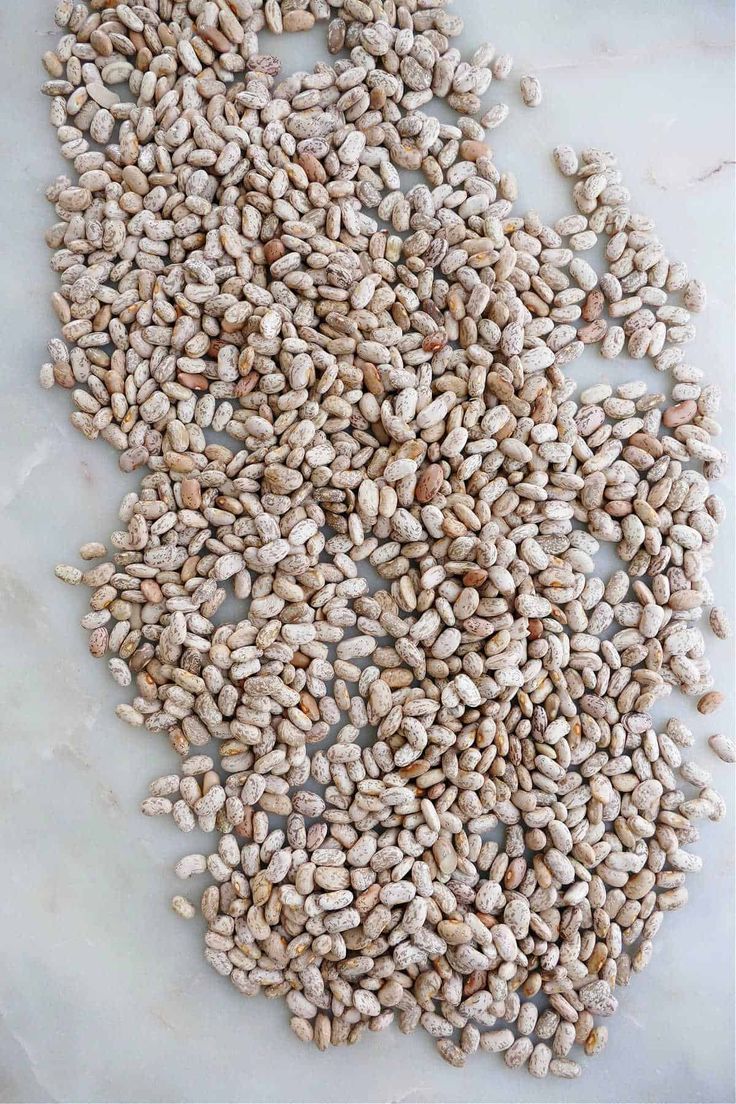
Customs Clearance & Import Regulations for Bulk Iranian Pinto Beans in EU, Middle East & Africa
..
-
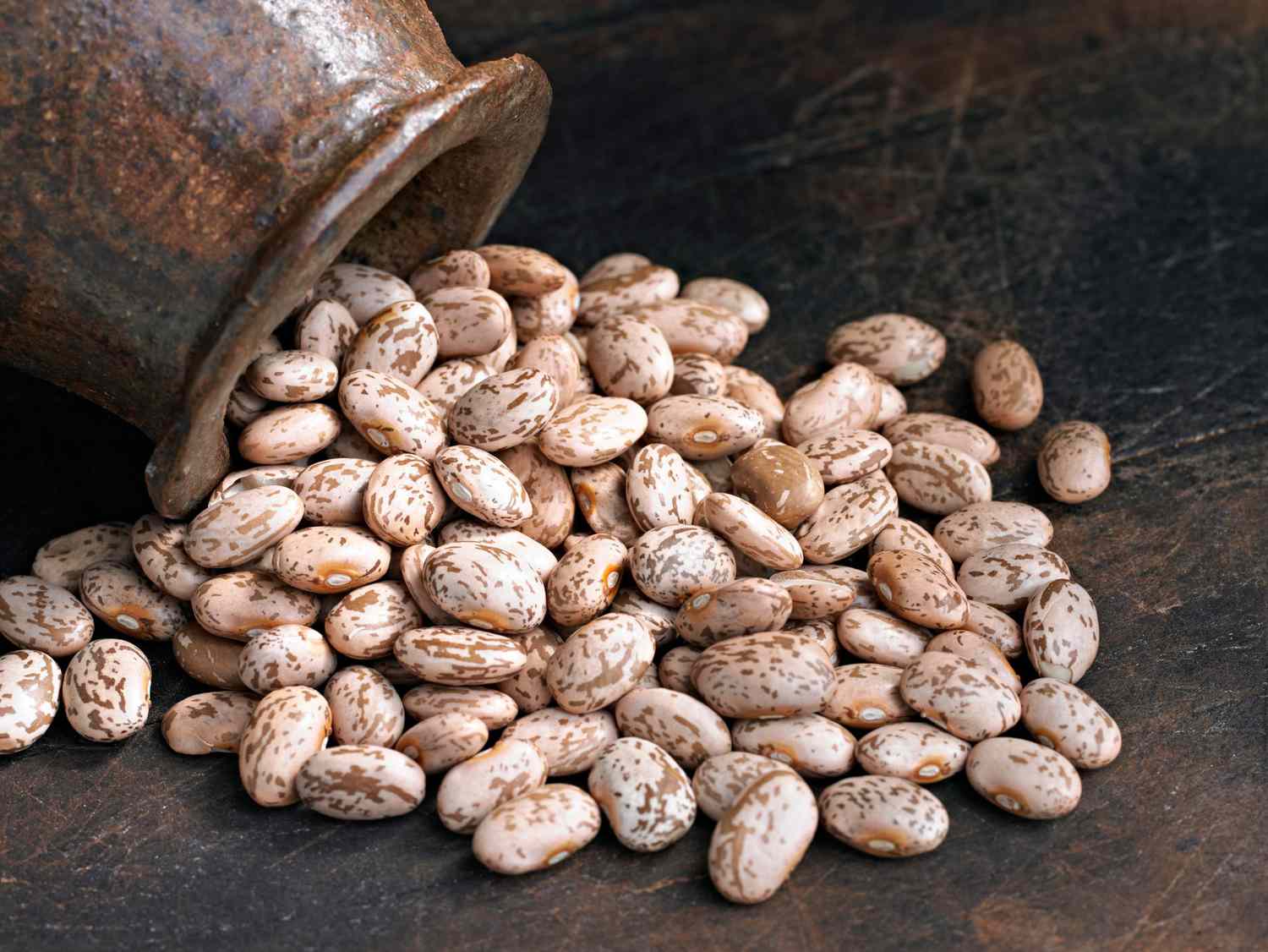
Quality Control & Laboratory Testing Standards for Iranian Pinto Beans
..
-
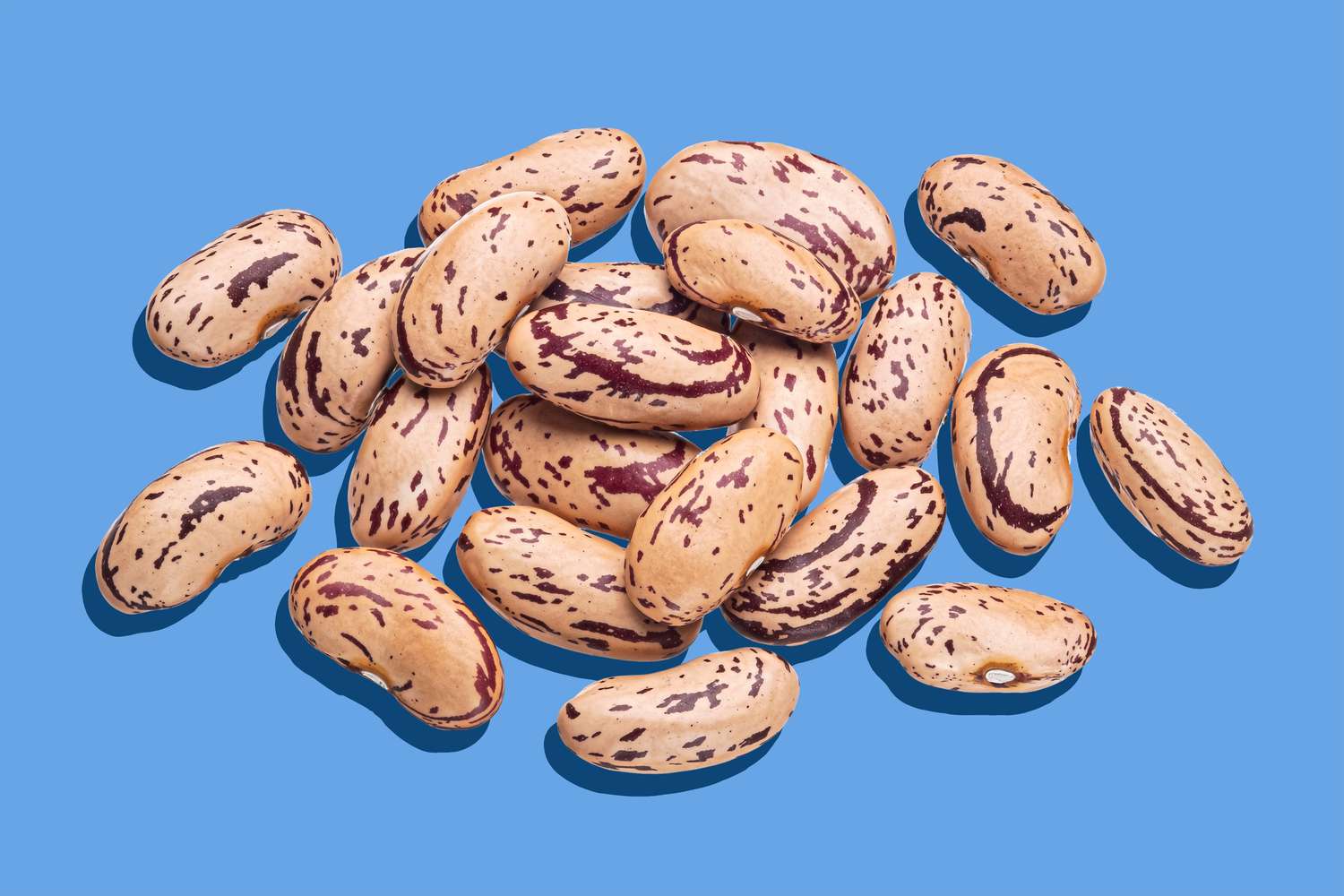
Logistics & Shipping Solutions for Bulk Iranian Pinto Bean Exports
..
-
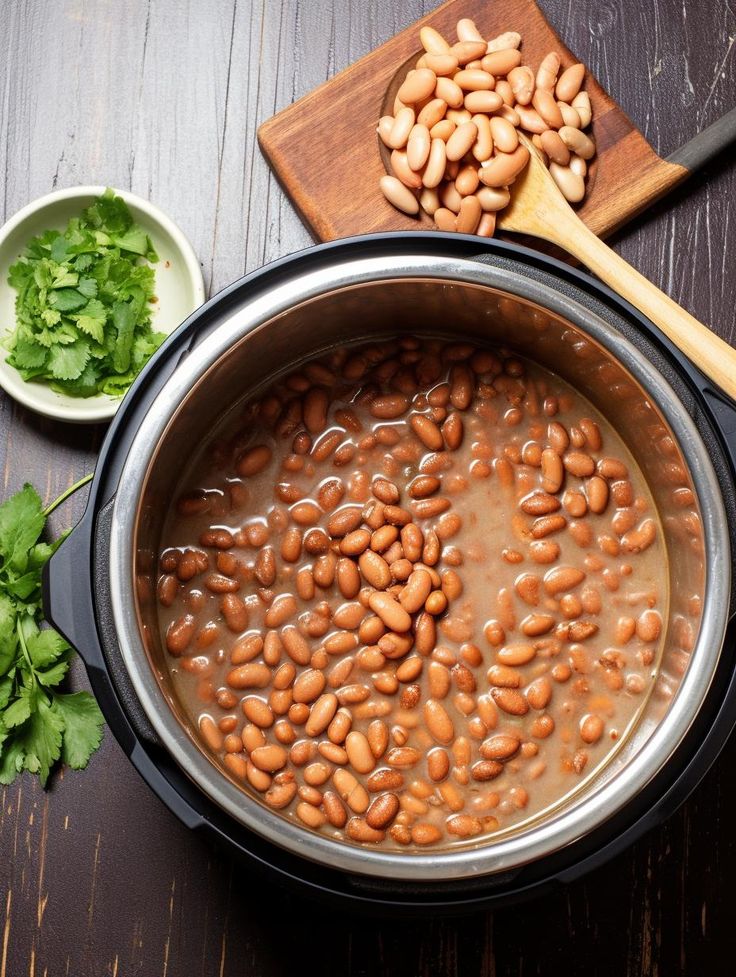
Minimum Order Quantity (MOQ) & Bulk Pricing for Iranian Pinto Bean Buyers
..
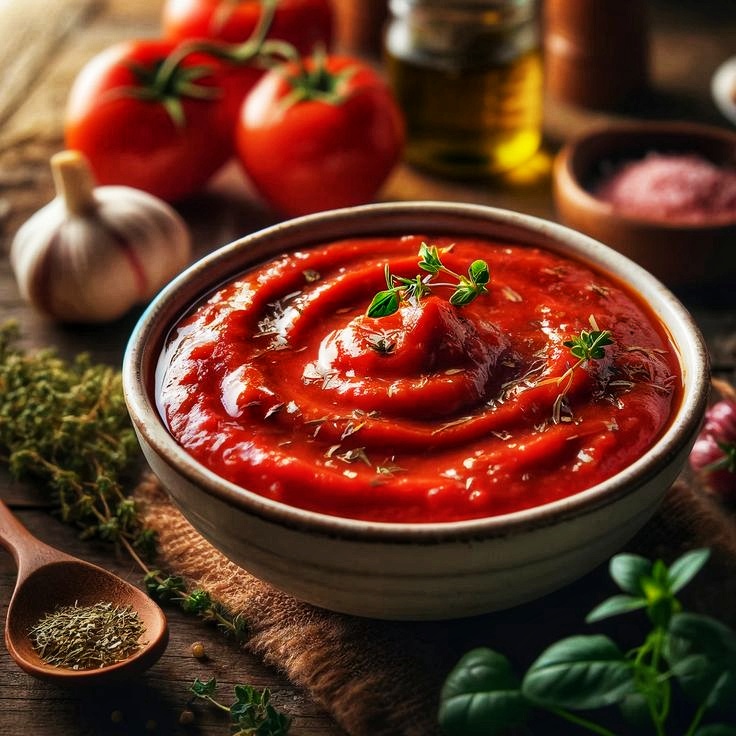
Tags
Red Gold and Rich Heritage: The Cultural Significance of Iranian Saffron
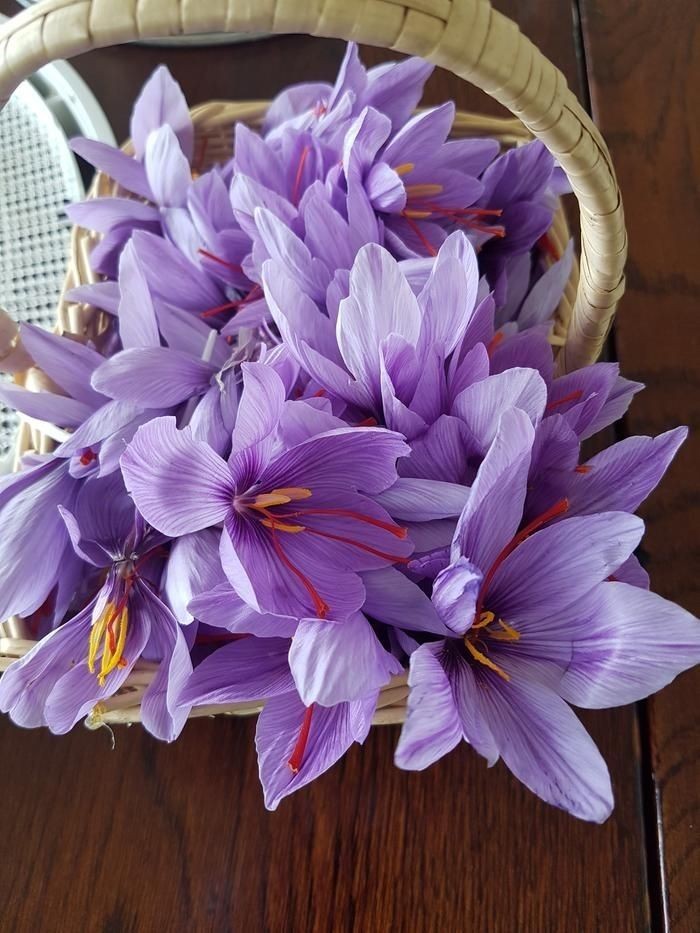
Iranian saffron, the world’s most valued spice, is much more than a culinary ingredient. It’s a symbol of Persian culture, representing history, heritage, and the enduring spirit of a nation. This post delves into the profound cultural significance of Iranian saffron, exploring its role in art, cuisine, traditions, and its enduring presence in the hearts of Iranians.
1. A Historical Legacy: Saffron’s Ancient Roots
Saffron’s story in Iran stretches back millennia:
• Ancient Persia: Saffron cultivation and use in Iran can be traced back to ancient Persia (present-day Iran), with evidence suggesting its use as far back as the Achaemenid Empire (around 550-330 BCE).
• Royal Spice: Saffron was often associated with royalty and nobility, used in royal kitchens, perfumes, and even as a dye for textiles.
• Trade and Exchange: Over the centuries, Iranian saffron became a valuable commodity traded along the Silk Road, spreading its influence and significance to other cultures.
2. Saffron in Persian Cuisine: A Culinary Treasure
Iranian saffron is a cornerstone of Persian cuisine, enriching dishes with its unique flavor, aroma, and vibrant color:
• Flavor and Fragrance: Saffron adds a subtle sweetness and floral aroma to dishes, making them more complex and inviting.
• Iconic Dishes: Saffron is an essential ingredient in many classic Persian dishes, including saffron rice (tahchin), stews (khoresh), saffron ice cream (bastani), and various desserts.
• A Symbol of Hospitality: Saffron is often used to welcome guests, representing generosity, hospitality, and a gesture of warmth.
3. Art and Decoration: A Symbol of Beauty
Beyond the kitchen, saffron has also played a role in Persian art and decoration:
• Dyeing Textiles: Saffron has been used as a natural dye for textiles, creating beautiful golden hues in carpets, fabrics, and other materials.
• Illuminating Manuscripts: In ancient times, saffron was used in the inks to illuminate manuscripts and create vibrant artwork.
• Symbolism: The golden color of saffron has often been associated with wealth, prosperity, and spiritual purity, adding layers of meaning to Persian art.
4. Traditional Uses: Saffron in Rituals and Medicine
Saffron’s cultural significance extends to traditional practices and rituals:
• Nowruz Celebrations: During Nowruz, the Persian New Year, saffron is used to color the “haft-sin” table, a ceremonial display of symbolic items.
• Traditional Medicine: In traditional Persian medicine, saffron has been used for its medicinal properties, believed to have mood-boosting and health-promoting effects.
• Spiritual Practices: The use of saffron in certain rituals and practices underscores its significance and the belief in its power.
5. Modern Significance: Continuing a Legacy
Even in the modern era, Iranian saffron continues to hold a special place in Persian culture:
• A Source of National Pride: Iranian saffron remains a symbol of national pride and a valuable export for the country.
• Culinary Heritage: Saffron continues to be central to Persian cuisine, ensuring its place in the lives of modern Iranians.
• Preserving Traditions: The cultivation and use of saffron are integral to preserving Iranian cultural heritage.
Conclusion
Iranian saffron’s cultural significance runs deep, intertwining with Persian history, art, cuisine, traditions, and the very identity of the Iranian people. It’s a legacy that continues to thrive, connecting the past with the present and carrying the spirit of Persia into the future.
Experience the rich cultural heritage of Iranian saffron. Explore our collection of premium saffron today!


